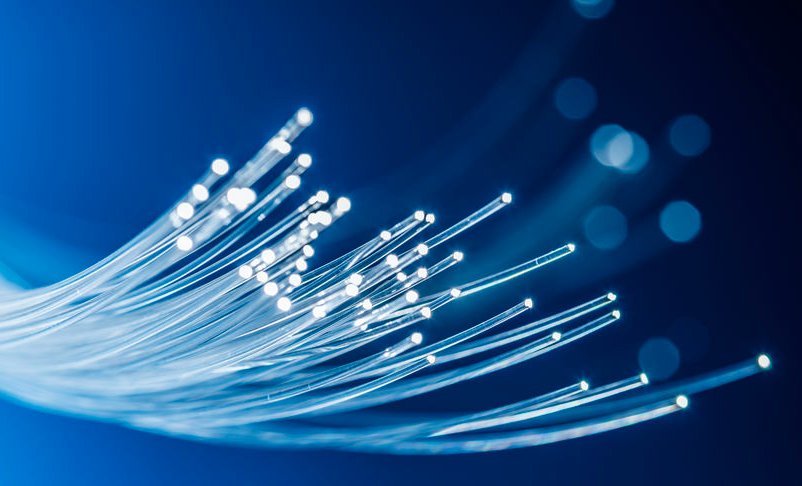STATE IS GOING TO BE MORE OPEN FOR BUSINESS WITH HIGHER SPEEDS
Today there’s no terrestrial fiber-optic connection from Alaska to Canada or the Lower 48.
And yet, Matanuska Telephone Association, or MTA, has announced it’s going to build that connection — between North Pole, and the Alaska-Canada border, where it will connect with Canadian carriers and the rest of the continental U.s.
Nick Begich, on the board of MTA, said the project should be completed by the middle of next year. MTA is a cooperative telecommunications company, with 30,0000 customers,
The historic effort caught the attention of Wired Magazine today.
Gov. Michael Dunleavy attended the announcement today and said “This is good for individuals, schools, businesses and all Alaskans.” He said it aligns with his administration’s goals of Alaska being open for business.
The region’s political leaders were ecstatic: “What tremendous news out of Palmer today!” said Sen. Shelley Hughes (R-Palmer). “I am very grateful for the innovation and forward-thinking that’s been taking place at MTA that’s led to the launch of the all-terrestrial fiber project. It’s exciting that it’s underway now – not years away, that it’s the latest in infrastructure to move us ahead into the future, and that it puts the potential for an information technology hub right in our own backyard.”
“This is a critical step in advancing Alaska’s technological advantages, developing our economy further, and ensuring that Alaska remains competitive with the rest of the world,” said Rep. DeLena Johnson (R-Palmer). “This new project, upon completion, will decrease Alaska’s reliance on vulnerable undersea fiberoptic cables, provide new technological security for our state, and drive down costs on Alaskan families and businesses.”
The cable will be buried along about 270 miles of the Alaska Highway, with the hope being that the high-speed cable will encourage companies to build data centers in Alaska.

Doesn’t ConocoPhillips have firewire from Denver to the North Slope?
Be nice if they would wire the Bush… so all of us could participate….
It can be possible
https://arstechnica.com/tech-policy/2019/04/ajit-pai-proposes-20-billion-for-up-to-gigabit-speed-rural-broadband/
This will in no way impact the people in Rural Alaska off the road system, they will still not have decent access. Some other articles are misleading in thinking that because this link terrestrial it will be better than the existing Submarine cables. If anything, for people in Anchorage if they use this at all, they would see a slight increase in Latency, most would not even notice this increase. It does give a secondary path out of the state to the lower 48 though. So good for MTA taking a much needed step for Alaska telecommunications.